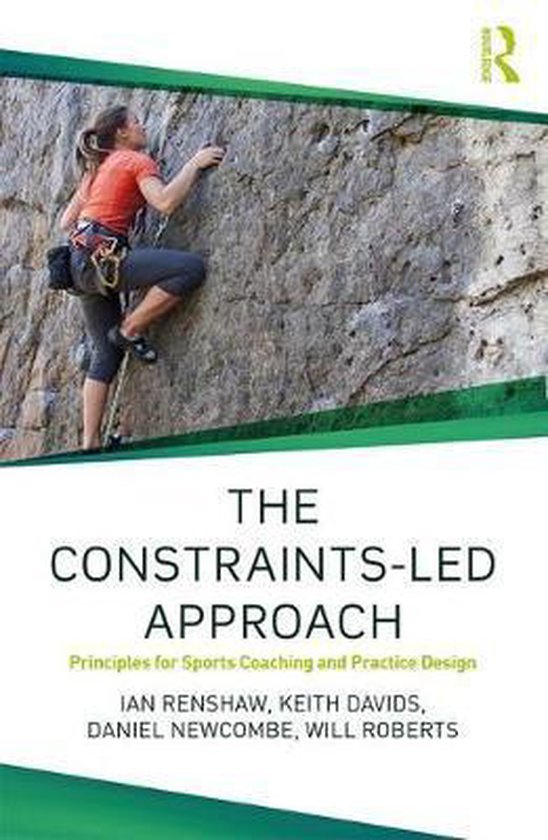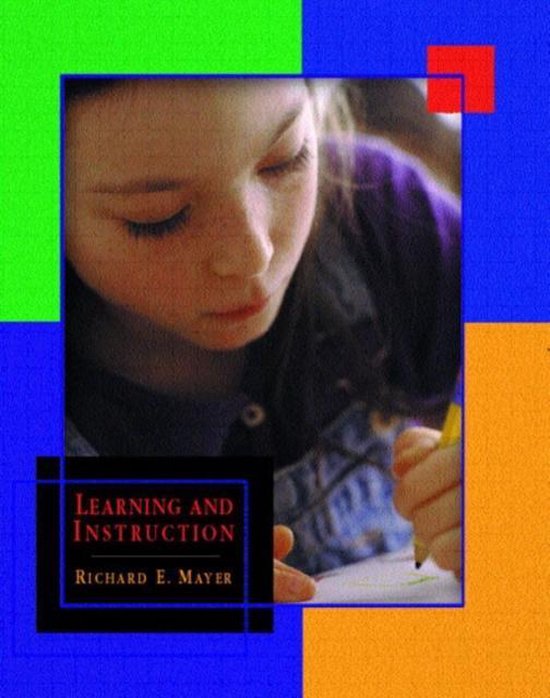
Dynamics of Skill Acquisition
Dynamics of Skill Acquisition: A Constraints-Led Approach provides a comprehensive analysis of the evolution of the constraints-led perspective, a recognized theory in motor learning and control. It is the first text to outline the development of a conceptual model of coordination and control within a multidisciplinary framework, capturing the various interlocking scales of analysis (e.g., neural, behavioral, psychological) and the many subsystems (e.g., perceptual and movement) involved in producing behavior. A conceptual model of coordination and control is important not just for designing learning environments, but it is also important for ensuring that learners gain positive experiences when acquiring motor skills. Dynamics of Skill Acquisition provides the foundational concepts, methodological tools, and language to design positive learning experiences that facilitate movement coordination and control across various dynamic environments that require a high degree of precision of movements, from playing golf to performing surgery. The text also incorporates several learning features to assist readers: * Chapter outlines list major topics and subtopics. * Self-test questions at the end of each chapter provide opportunities for class discussion, individual review and reflection, and talking points for independent studies. * Spotlight on Research highlight boxes provide more detailed descriptions of important studies to help readers understand how interacting constraints shape movement behavior. * Key Concept boxes in each chapter remind students of the chapters' important concepts. * Realistic case studies in the final chapter help both students and practitioners visualize the constraints-led approach in practice. Each case study expands on the topics addressed in part II and encourages both reflection and application of knowledge to provide a solution. * Additional readings at the end of each chapter allow students, movement scientists, and practitioners to expand their learning. * Glossary terms are boldfaced in text and defined in a glossary at the end of the book. * Chapter summaries offer a compilation of important concepts. Practitioners and students will appreciate the applied focus of Dynamics of Skill Acquisition, which outlines a model of human movement with specific constraints-led approach strategies that address skill acquisition across a variety of professions, including teaching, coaching, and rehabilitation. By learning both the theoretical origins and applications for implementing a constraints-led approach to movement skill acquisition, readers will gain insight into how the informed organization of learning and rehabilitation environments produces more effective and efficient use of practice and therapy time. Dynamics of Skill Acquisition is divided into two parts. Part I provides an overview of the key theoretical contributions to the study of skill acquisition and introduces the constraints-led approach focusing on the implications of Newell's (1986) model as a template for understanding how motor skills are acquired. Part II discusses the relationship between the theoretical concepts introduced in part I and the practical issues facing learners and movement practitioners. It provides readers with practical implications of the constraints-led approach and includes hypothetical case studies, which contain examples of the constraints-led model in action. In particular, the constraints-led approach shifts practitioners' perspectives on how to do the following: * Deal with individual differences * Organize practice to optimize learning * Use verbal instructions and feedback * Direct learners' attention during skill observation With the increased interest in the role of constraints to shape motor learning, Dynamics of Skill Acquisition provides a timely analysis of the constraints-led approach, helping readers understand how coordination patterns are assembled, controlled, and acquired. No other book presents the theoretical roots and development to the constraints-led perspective and uses a blend of both dynamical systems and ecological approaches to skill acquisition to provide application strategies for all people with an interest in movement coordination and control.
| Auteur | | Keith Davids |
| Taal | | Engels |
| Type | | Hardcover |
| Categorie | | Sport & Outdoor |





